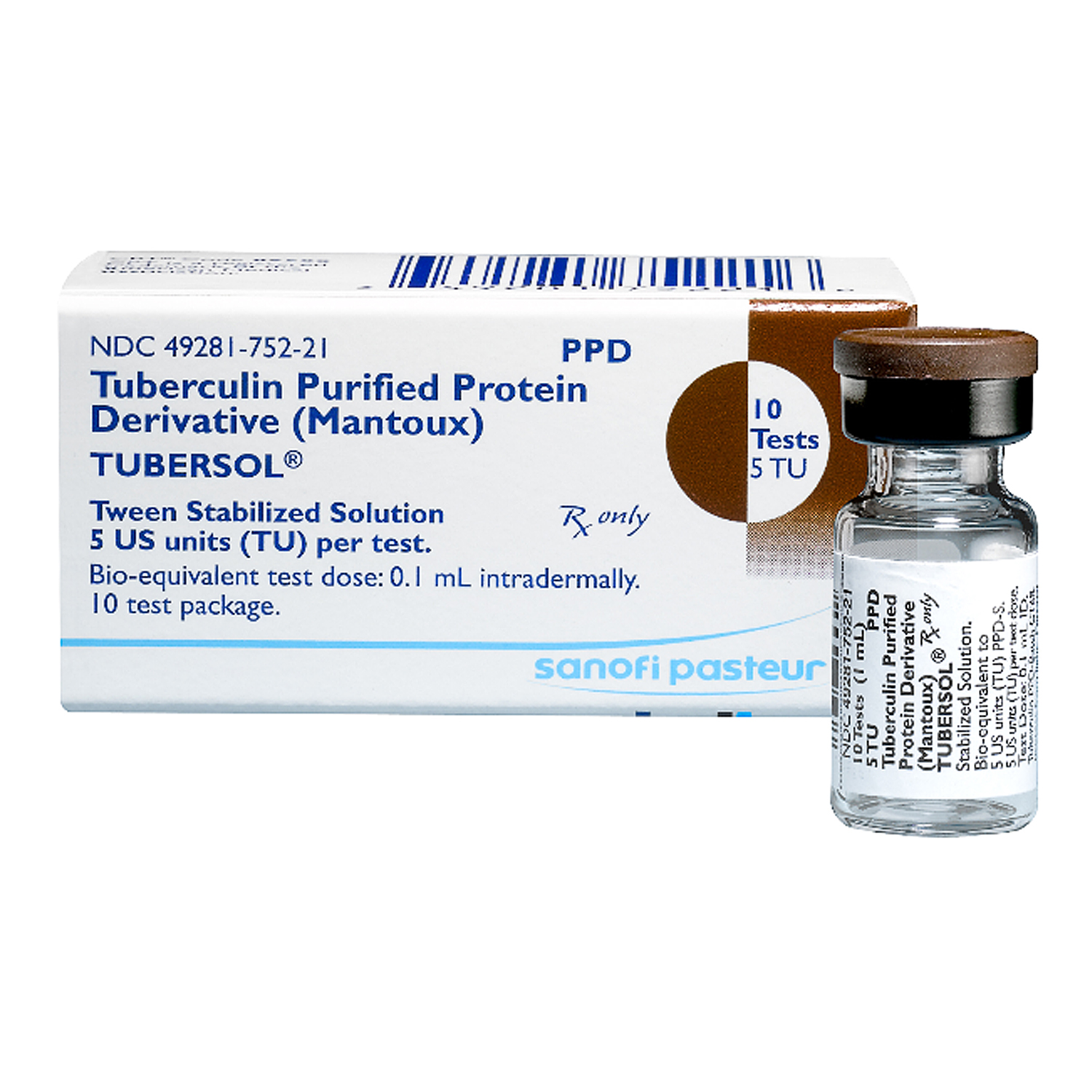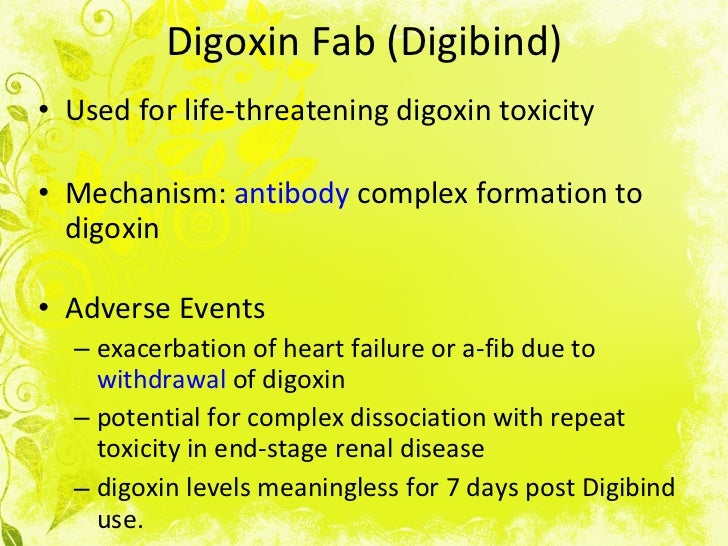

The number of vials should be rounded up to the nearest whole number.

When empiric dosing is required in very small children, concern for volume overload must be considered.Īmount of digoxin ingested is known but concentration is unknown - The number of Fab fragment vials to give the patient with an acute overdose, when only the amount ingested is known, is based upon the total body load (TBL): The initial dose can be repeated if there is inadequate clinical response (although at this time, it is reasonable to reconsider the diagnosis of digoxin toxicity).
Patient in cardiac arrest or cardiac arrest appears imminent – The traditional empiric dosing strategy of 10 vials of Fab fragments in adults or five vials in children administered by slow intravenous (IV) push is reasonable. If clinical response is inadequate (ie, a perfusing rhythm has not returned), then an additional one to two vials are administered. In such patients, we administer two vials of Fab fragments over 30 minutes. Patient with relative hemodynamic stability – Most patients with digoxin poisoning are relatively stable, and arrest is not imminent. Our approach depends upon whether or not cardiac arrest appears imminent. Neither the digoxin level nor amount ingested is known - Treatment in cases of severe toxicity when the amount of digoxin ingested is unknown consists of empiric Fab fragment dosing. (See "Digitalis (cardiac glycoside) poisoning", section on 'Antidotal therapy with antibody (Fab) fragments'.) The indications for treatment with DigiFab are described separately. Use of DigiFab may result in complete reversal of cardiac glycoside effects, precipitating an acute congestive heart failure exacerbation or loss of rate control in patients with atrial fibrillation.ĬALCULATING THE DOSE - The dose of DigiFab is determined by different methods depending on the clinical scenario and information available. Although uncommon, patients with known allergies to sheep or sensitivity to papain or other papaya extracts used to cleave the antibody are at highest risk. Hypersensitivity reactions are the primary adverse effects of DigiFab. The volume of distribution for DigiFab is 0.3 L/kg. However, the half-life may be up to 10 times longer with renal impairment. DigiFab has an elimination half-life of approximately 15 to 20 hours. Each vial of DigiFab contains 40 mg of Fab fragments and binds approximately 0.5 mg of digoxin. KINETICS AND ADVERSE EFFECTS OF FAB FRAGMENTS - Fab fragments are commercially available as DigiFab. Because of the large size of both digoxin and the digoxin-immune complex, neither is effectively cleared by hemodialysis. Digoxin-immune fragment complexes are renally excreted. Digifab dose free#
As the level of free digoxin in plasma falls, the resulting concentration gradient facilitates dissociation of digoxin from the sodium-potassium ATPase. These fragments bind free digoxin, thereby forming digoxin-immune fragment complexes. WHAT ARE FAB FRAGMENTS? - Fab fragments are purified preparations consisting of the Fab portion of IgG anti-digoxin antibodies derived from immunized sheep. (See "Secondary pharmacologic therapy for heart failure with reduced ejection fraction".).(See "Treatment with digoxin: Initial dosing, monitoring, and dose modification".).(See "Control of ventricular rate in patients with atrial fibrillation who do not have heart failure: Pharmacologic therapy".).(See "Digitalis (cardiac glycoside) poisoning", section on 'Antidotal therapy with antibody (Fab) fragments'.).The indications for treatment with Fab fragments, the diagnosis and general management of digitalis poisoning, and the clinical use of digitalis are all reviewed separately. The dosing of Fab fragments based upon different clinical scenarios is discussed here. These antibodies are highly effective, safe, and widely used in clinical practice.

In 1976, antibody fragments were first used successfully to treat patients. Prior to the advent of digoxin-specific antibodies, treatment for cardiac glycoside toxicity was largely supportive. INTRODUCTION - Digoxin-specific antibody (Fab) fragments are the definitive treatment for patients with severe digitalis poisoning.







 0 kommentar(er)
0 kommentar(er)
